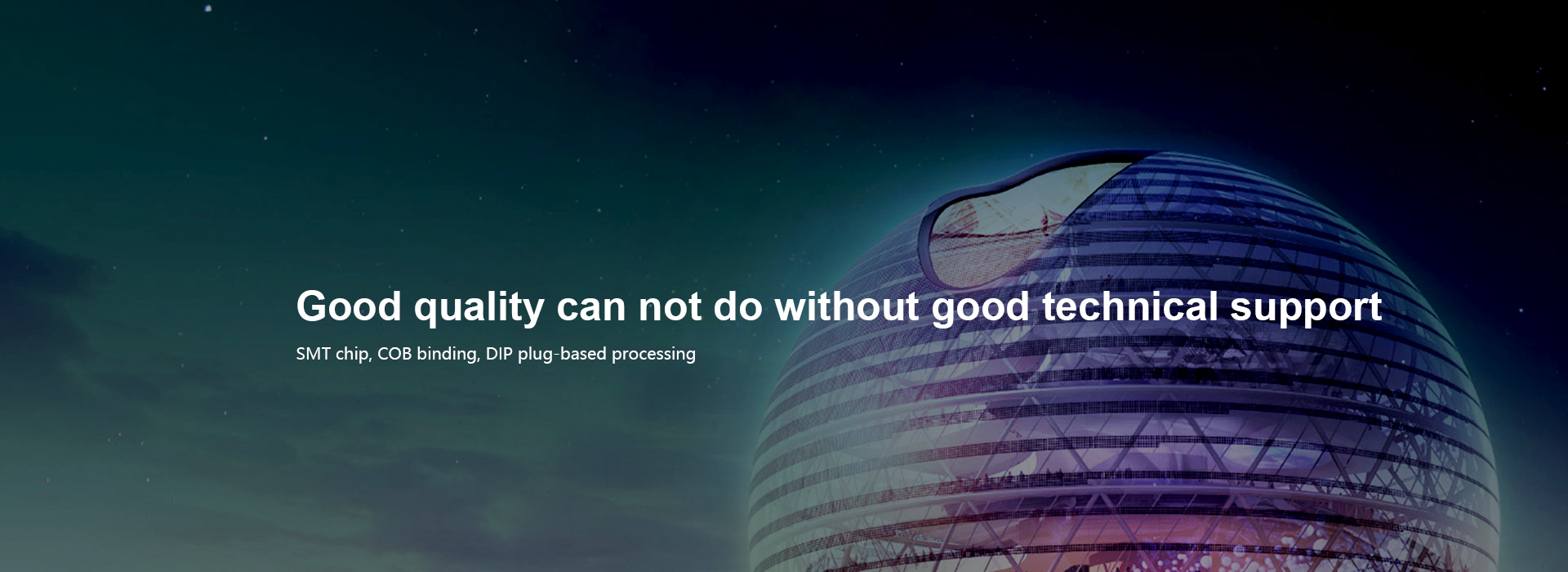
MAJA
Contact: Mr. Li
Mobile: 13817371428
Landline: 021-69896133
Website: zsszti.com
Address: Qingpu District, Shanghai Green Pine Road 3562
SMT chip processing Why use lead-free soldering? When we produce electronic products and equipment, whether it is domestic sales or exporting abroad, we will be involved in the review of hazardous materials including lead, indicating that people pay more attention to environmental awareness and life, and let us know about it SMT chip processing in the lead-free process.
Readers of presumably electronic products are no stranger to ROHS as we have to take into account the large EU market when it comes to exports and ROHS is an indispensable part of the European Union's review of the export of electronic products , ROHS certification, the requirements of electronic products is more stringent,
The "RoHS Directive" and the "WEEE Directive" stipulate that there are 10 categories and 102 kinds of products that are included in the management of hazardous substances and management of scrapped recycling. The first seven categories of products are all major export electrical products in China. Including large household appliances, small household appliances, information and communication equipment, consumer products, lighting equipment, electrical and electronic tools, toys, leisure and sports equipment, medical equipment (except implanted or infected products), monitoring and control equipment ,vending machine.
Lead-free control is an important part of the process is the selection of SMT lead-free soldering process, including the use of lead-free solder paste and lead-free patch process.
RoHS Restrictions on Electronic Products - Lead-Free
Related international standards
1, IPC-1066 "Symbols, notations and labels for the determination of lead-free and other reportable materials in lead-free assemblies, components and equipment" January 2005
2, IPC / JEDEC J-STD-609 "Marking, Symbols and Labels for Electrically Assembled Solder Terminal Materials" February 2006
3, IPC / JEDEC J-STD -020D "Sensitivity Classification of Humidity / Reflow Soldering of Non-Sealed Solid State Surface Mount Components" May 2006 (Supersedes IPC / JEDEC J-
4, IPC-1065 "Material Declaration Manual"
5, (IPC-1752-1 / 2 "Material Declaration Form" IPC-1752-3 "Material Declaration Format User's Guide
6, IPC-1401 "Material Declaration Manual" (Printed circuit board manufacturing and users only)
7, JESD201 "Tin and tin alloy surface coating tin whisker susceptibility of environmental acceptance requirements"
8, JESD22-A121 "Measurement of tin and tin alloy surface coating whisker growth test method"
9, J-STD-033 "Packaging, Shipping and Use of Moisture / Reflow Soldering Surface Mount Devices"
The advantages and disadvantages of lead and lead-free
1. Lead-free solder with SAC305 (Sn96.5% Ag3% Cu0.5%) as the mainstream of choice, the melting point (Liquidus m.p) 217 ℃ ~ 221 ℃. 34 ° C higher than the current Sn63 / Pb37 eutectic composition. Reflow soldering, for example, increases the average operating time by 20 seconds, resulting in a significant increase in thermal mass, significantly affecting components and PCBs.
2. Current Sn63 / Pb37 reflow peak temperature of 225 ℃, wave soldering is about 250 ℃; but SAC305 reflow temperature can only be increased to 245 ℃, wave soldering (PCB HASL) can only be at 270 ℃, to prevent parts or components Damaged at high temperatures. Even so, the tin-dissolving effect at high temperatures destroys the metal content of the solder, causing the melting point to rise and the fluidity to deteriorate.
3. Sn63.Pb37 liquid surface tension of about 380 dyne / 260 ℃, the contact angle on the copper base is about 11 °; AC305 liquid surface tension of about 460 dyne / 260 ℃. SMT patch foundry contact angle (Contact Angle) increased to 44 °; surface tension increases the cohesion increases, so that the outward adhesion of smaller, not only easy to tombstoning (Tombstoning) In general, Sn63 / Pb37 has a wetting time of 0.6 s, while SAC305 has a wetting time of 2 s.
RoHS exemption: Lead (Pb) can continue to be used when:
Lead in glass materials for CRTs, electronic components and fluorescent tubes.
2, lead-containing solder (lead content of more than 85%)
3, lead solder for server and data memory (exemption valid until 2010)
4, lead solder for network infrastructure equipment such as switches, signaling equipment, transmission equipment, telecommunications network management equipment.
5, lead in electronic ceramic devices (such as piezoelectric ceramic devices)
6, as an alloying element, not more than 0.35% of the steel alloy, not more than 0.4% of the aluminum alloy and not more than 4% of the copper alloy.
Phone:+86 21-69896133 A company site: Qingpu District, Shanghai Green Pine Road 3562
Two companies: Anting Town, Shanghai Caoan Road 4514, Lane on the 3rd